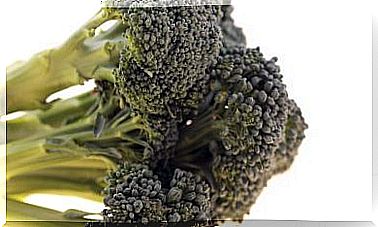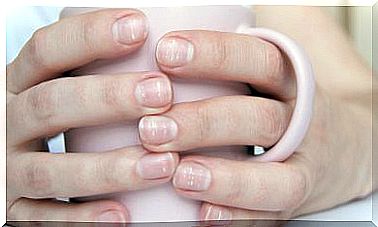How To Know If The Eggs Are In Bad Condition
When eating eggs we must be very careful because if they are in bad condition we can get intoxicated. Therefore, it is essential to pay attention to its freshness.
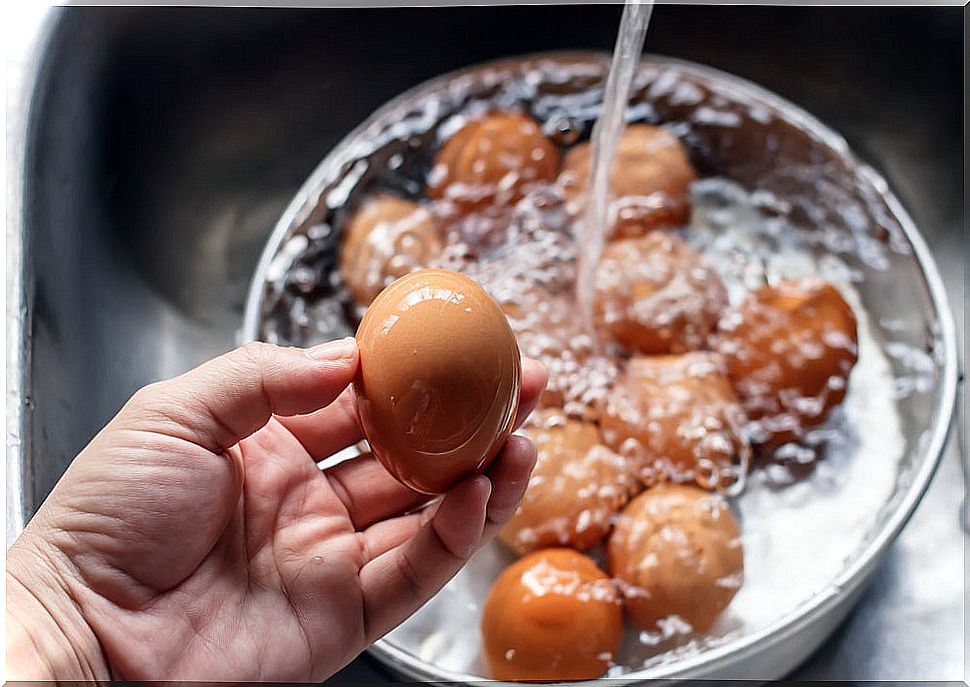
With rising temperatures, food tends to last less time in good condition.
If you want to know if the eggs that have been in the refrigerator for a few days are still edible, write down these tips that will allow you to know if they are still suitable for consumption.
The egg is a product with which you have to be especially careful. And it is a food that, if consumed in poor condition, can cause poisoning.
For this reason, it is important to make sure that it is in the best condition before using it with meals.
How to recognize if the eggs are in bad condition?
There are several ways to check if an egg is good or if, on the contrary, we should discard it, for example, if when shaking the raw egg you hear the yolk hitting the shell, it will be in bad condition.
There are also other ways to verify it.
1. Sink the egg in water
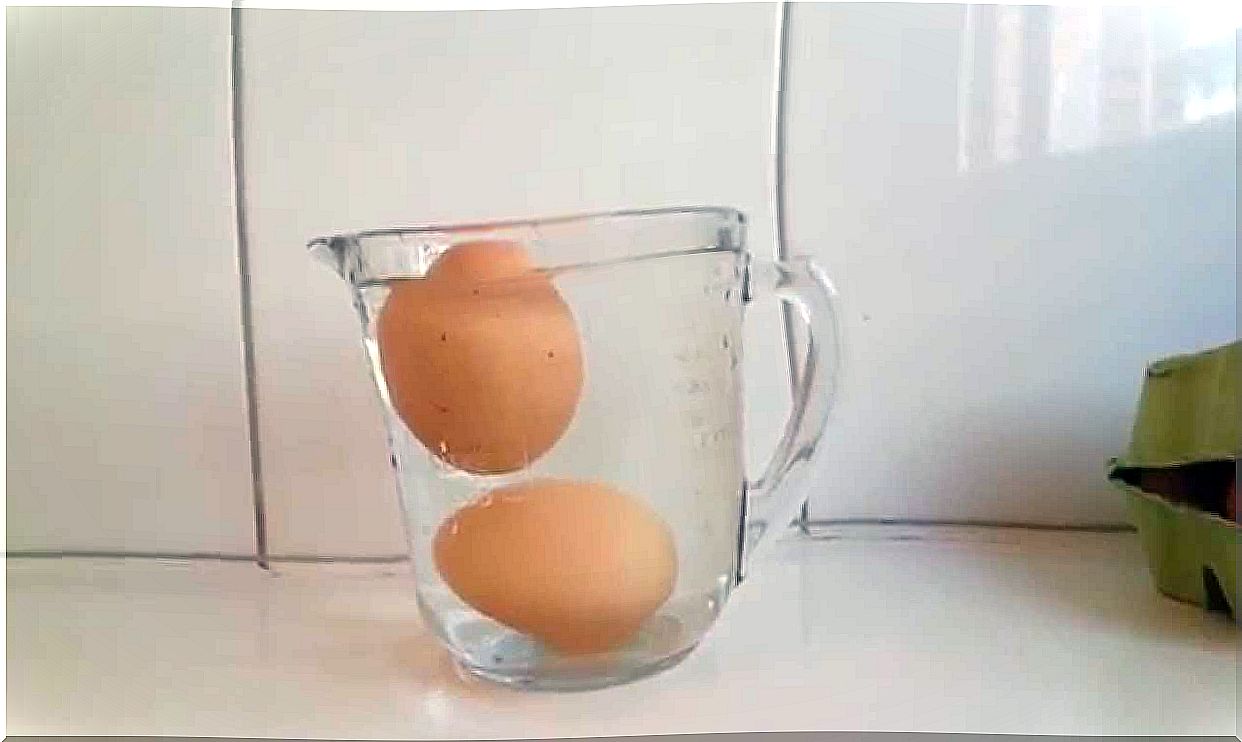
The first thing you will have to do is put the egg in a container with water, if possible transparent, so that you can see the result more easily.
You will have to take into account a series of points:
- If the egg sinks quickly and stays on the bottom horizontally then the egg is in good condition and fresh.
- If you notice that the egg sinks slowly and stays on the sloping bottom or standing up completely, then the egg is not fresh.
Think that the greater the degree of inclination you observe, the older the egg. However, the egg is still fit to be consumed.
- In the event that the egg does not finish going to the bottom and you see that it remains slightly floating, it will be an indication that it is already in bad condition and it is best not to consume it.
- If, in addition, you see that the egg is completely floating on the surface, this will mean that it is totally rotten.
This flotation is produced by the gases that organic matter generates when it decomposes and, as we say, the egg has already entered a state that should not be consumed.
2. Cook the egg
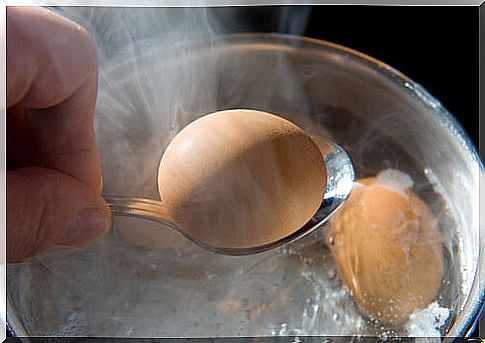
- If we cook the egg and, when cutting it in half, we see that the yolk is centered and the air chamber is small, the egg is in good condition to be consumed.
- In the case that, on the contrary, the yolk is closer to the shell and you see that the air zone is large, the egg is rotten.
3. Open the egg
Another easy way to see if the egg is fresh or not is by adding it to the plate.
- If you see that the egg does not expand too much and the yolk is compact, then the egg is fresh.
- In the opposite case, if you see that the egg is on the plate and the white and the yolk are expanding throughout the plate, the yolk becoming completely blurred, then you must bear in mind that the egg is not fresh.
4. Look at the tagging dates
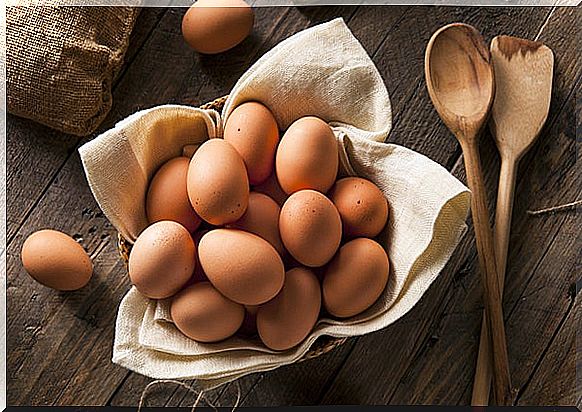
You have to take into account the periods in which the hen lays eggs. This is known as “week 0”. From week 3 the eggs should be withdrawn from sale.
The reason? Eggs expire in week 4, based on the labeling date.
From there they begin to lose their organoleptic properties and you must be careful in their consumption, especially from week 6.
In addition, other recommendations that revolve around the preservation of the egg itself include leaving them in their original carton and always in a cool and dry place.
So they can be up to three weeks in perfect condition.
If you make an egg dish, you can always keep the leftovers in the fridge, well refrigerated and in an airtight container.
You can eat these dishes up to 3 or 4 days later if they are in these storage conditions. However, the best thing in any case will be to see certain aspects such as its possible smell, etc.
Remember that with high temperatures, food lasts less in good condition and it may not be advisable to keep it for more than 2 days.

